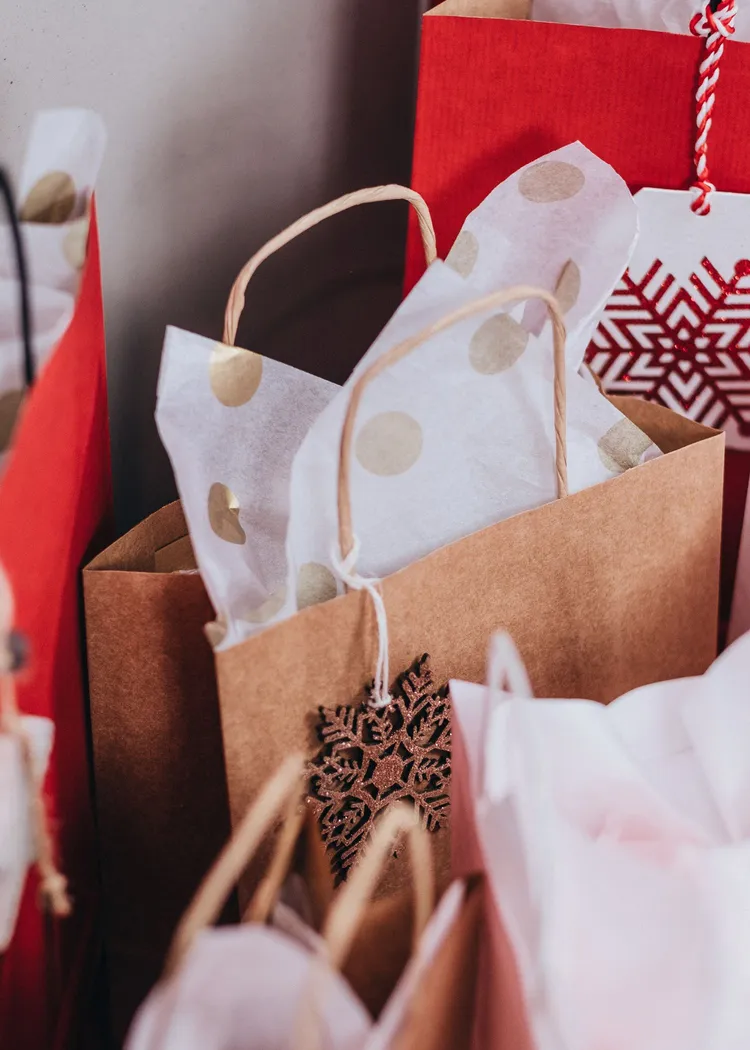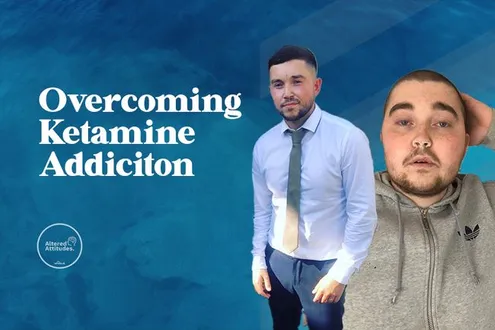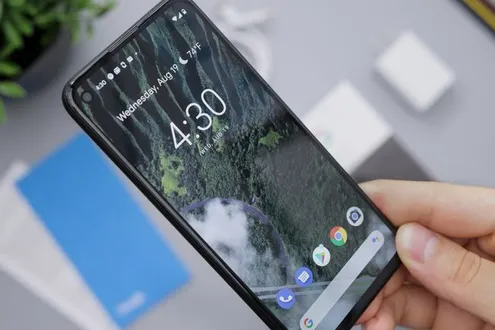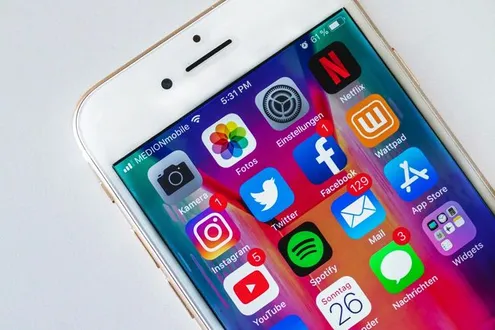Oniomania (compulsive shopping, or what's more commonly referred to as shopping addiction) has been argued the most socially acceptable addiction. This is down to many factors but in particular the business structure of most Western countries and the use of marketing and advertising, which often promotes the message that if you buy something it will make you happy. When looking at shopping addiction, according to shopaholics anonymous there are various different types of shopping addiction, these are listed below:
- Compulsive shopaholics who shop when they are feeling emotional distress
- Trophy shopaholics who are always shopping for the perfect item
- Shopaholics who want the image of being a big spender and love flashy items
- Bargain seekers who purchase items they don’t need because they are on sale
- Bulimic shoppers who get caught in a vicious cycle of buying and returning
- Collectors who don’t feel complete unless they have one item in each colour or every piece of a set
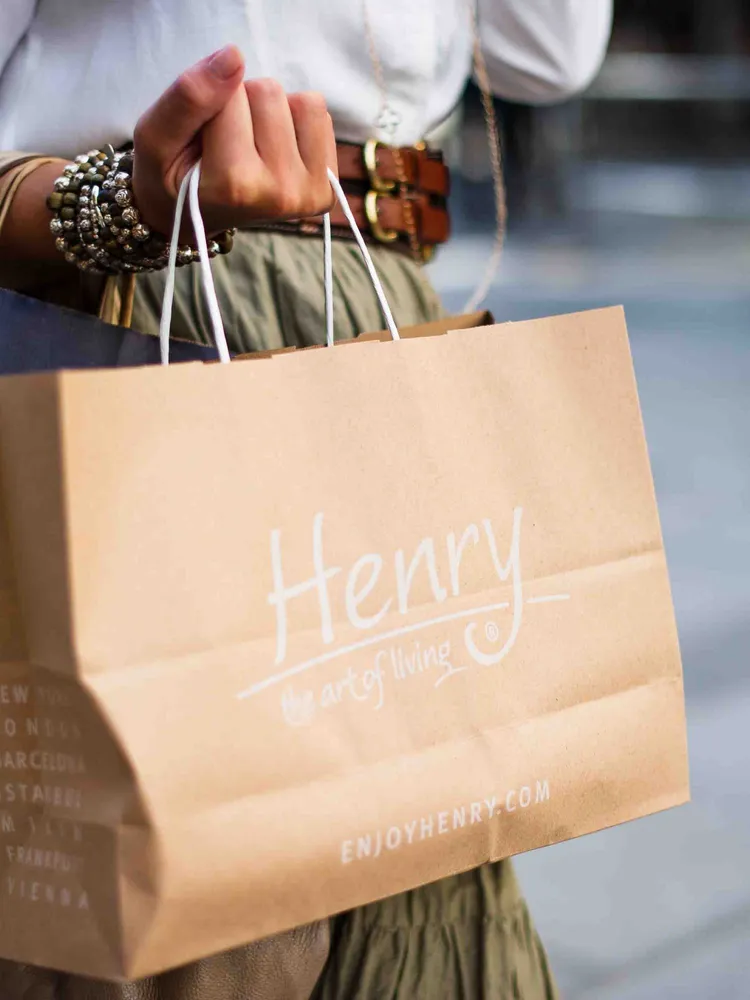
Shopping addiction is a behavioural addiction that involves compulsive buying as a way to feel good and avoid negative feelings, such as anxiety and depression.
Like other behavioural addictions, shopping addiction can take over as a preoccupation that leads to problems in other areas of your life.
Some people develop shopping addictions because they essentially get addicted to how their brain feels while shopping.
As they shop, their brain releases endorphins and dopamine, and over time, these feelings become addictive.
